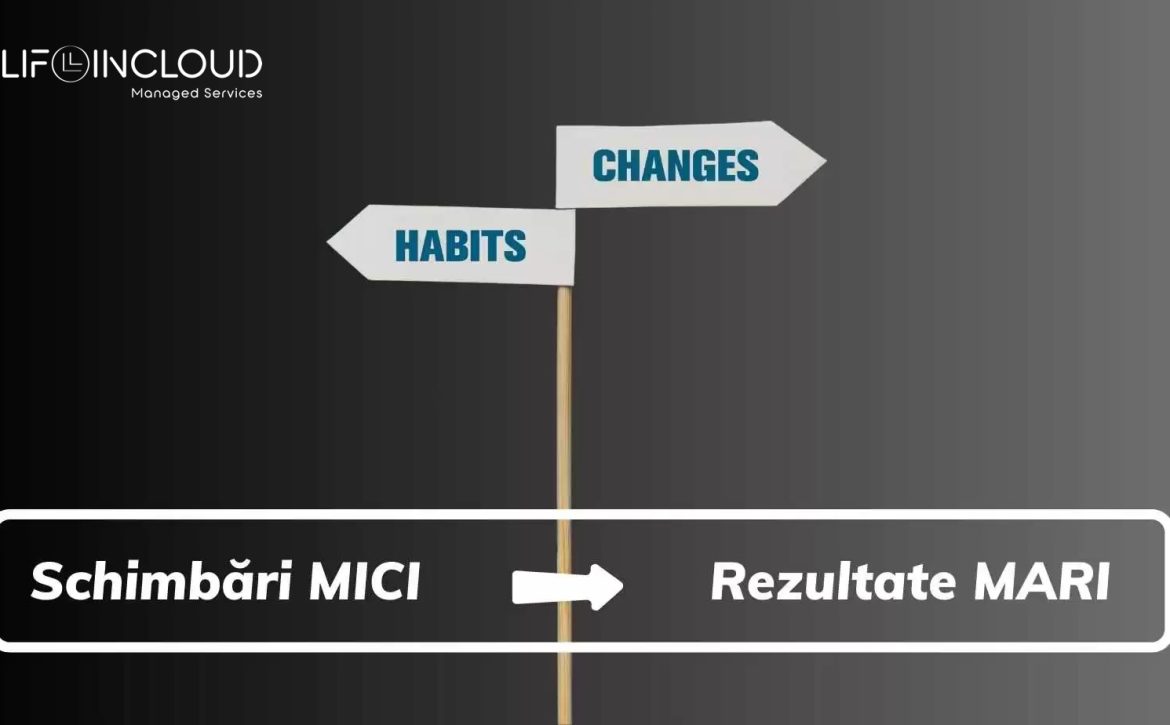In “The Innovator’s Dilemma”, Clayton Christensen explores why established companies often fail when faced with disruptive innovation, despite having the resources and know-how to succeed.
The core issue? Companies can become so focused on optimizing existing operations that they overlook emerging technologies and strategies that could propel them into the future.
This lesson is especially critical for growing businesses. Adopting managed IT services is one such disruptive shift that can help businesses scale efficiently without the burden of building extensive in-house IT infrastructure.
The Dilemma: To Innovate or Optimize
Growing companies often face a dilemma: Should they invest heavily in in-house IT infrastructure and resources, or should they look for more flexible, scalable alternatives? Christensen’s work shows that businesses can become “trapped” by their own operational efficiencies and fail to recognize the transformative potential of outsourcing non-core functions like IT management. This is where managed IT services provide an elegant solution.
What Are Managed IT Services?
Managed IT services involve outsourcing day-to-day IT management and support to an external provider. This service model offers businesses access to a team of IT experts who handle everything from network management to cybersecurity, data backup, and cloud computing, all while enabling the company to focus on its core business.
The Benefits of Managed IT Services for Growing Businesses
1. Scalability Without Heavy Investment
In “The Innovator’s Dilemma”, Christensen emphasizes that businesses must be prepared to pivot and scale without being tied down by massive investments in infrastructure that may soon be outdated. Managed IT services provide precisely this advantage. With properly managed IT services, businesses can scale up or down their IT needs without the hassle of buying new hardware or expanding internal teams.
Instead of worrying about server capacity, networking upgrades, or software licensing, companies can rely on their managed IT provider to adjust services as the business grows. This allows them to be agile and flexible, avoiding large capital expenditures and long-term commitments.
2. Expertise Without the Overhead
Building a robust in-house IT team is costly, especially for growing businesses. Hiring specialized personnel, ongoing training, and maintaining certifications can drain a company’s resources. Managed IT services offer access to a team of experts with up-to-date knowledge of the latest technologies, trends, and cybersecurity threats—without the overhead of managing full-time staff.
This ensures businesses can leverage the best technologies and practices without constantly needing to recruit or upskill an internal team. In a sense, managed IT services act as an innovation catalyst, much like Christensen’s view on outsourcing certain operations to free up resources for core innovation.
3. Focus on Core Business
One of the key takeaways from “The Innovator’s Dilemma” is the importance of focusing on what you do best—your core business. For many companies, IT management is not a core function but a necessary support role. By outsourcing IT services businesses can focus their energy and resources on what drives their growth, such as product development, customer service, and sales, while leaving IT management to experts.
4. Proactive Support and Reduced Downtime
Christensen discusses how traditional companies often react to disruption rather than anticipating it. Similarly, businesses that only address IT issues when something goes wrong are likely to face costly downtime and operational inefficiencies.
With 24/7 monitoring and real-time response to potential threats or inefficiencies, managed IT services ensure that businesses experience less downtime, helping them maintain productivity and avoid costly interruptions.
5. Enhanced Cybersecurity
In today’s digital landscape, cybersecurity is a top concern for growing businesses. Managed IT services offer a comprehensive approach to cybersecurity that includes threat detection, response, and prevention. Instead of waiting for a security breach to happen and reacting, managed IT services can help protect your business with continuous monitoring, encryption, secure backups, and incident response plans.
This level of security ensures that companies are not only compliant with regulatory requirements but are also prepared for the evolving threat landscape, allowing businesses to innovate without fear of being compromised.
Managed IT Services: The Way Forward for Growing Businesses
“The Innovator’s Dilemma” teaches us that businesses need to be open to change and ready to adopt new ways of working if they want to thrive in an environment of disruption. Managed IT services represent that critical shift for growing businesses, enabling them to scale, innovate, and remain competitive without being weighed down by the costs and limitations of in-house IT infrastructure.
Businesses can embrace the flexibility, security, and expertise needed to grow and innovate. Rather than getting trapped in the dilemma of managing IT internally, they can focus on what truly matters—expanding their business, driving innovation, and staying ahead of the competition.




